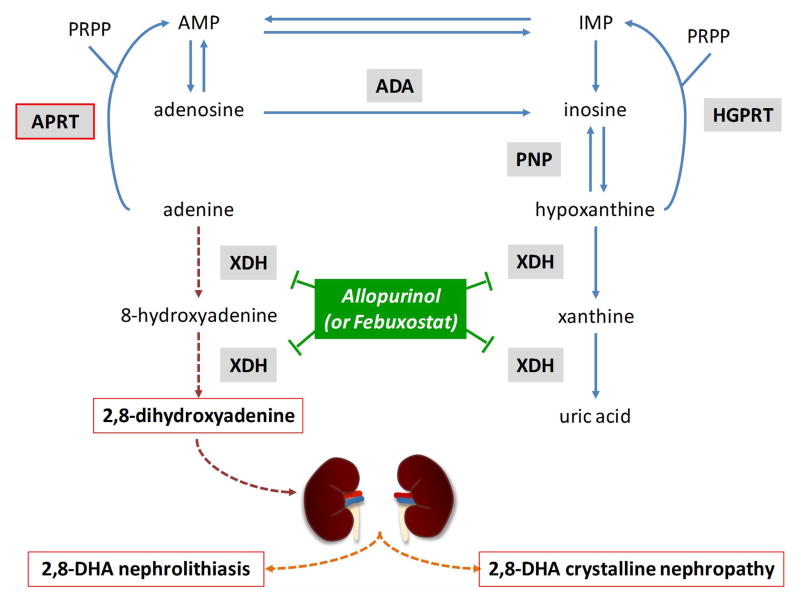Figure 1. Metabolic pathways for the disposal of adenine in humans.
Adenine phosphoribosyltransferase (APRT) deficiency causes 2,8-dihydroxyadenine (2,8-DHA) accumulation, leading to nephrolithiasis and crystalline nephropathy. In the absence of APRT activity, adenine cannot be converted to adenosine. Adenine is metabolized through an alternative pathway where it is oxidized by xanthine dehydrogenase (XDH) to 2,8-DHA via the generation of an intermediate compound, 8-hydroxyadenine. Because 2,8-DHA is insoluble at any physiological urine pH, it forms 2,8-DHA crystals eventually leading to 2,8-DHA nephrolithiasis and/or crystalline nephropathy.
ADA, adenosine deaminase; AMP, adenosine monophosphate; HGPRT, hypoxanthine-guanine phosphoribosyltransferase; IMP, inosine monophosphate; PNP, purine nucleoside phosphorylase; PRPP, 5-phosphoribosyl-1-pyrophosphate.

